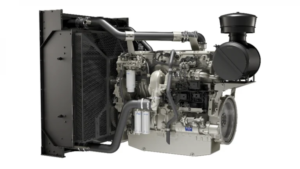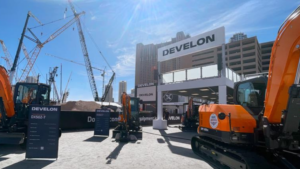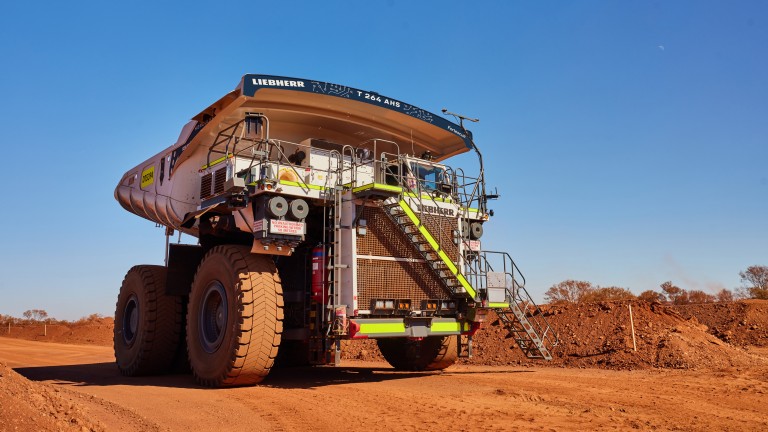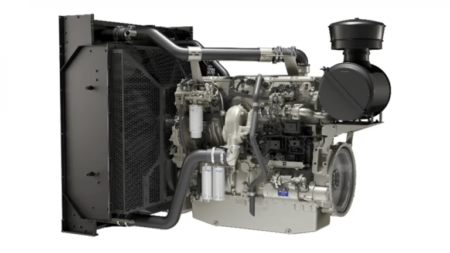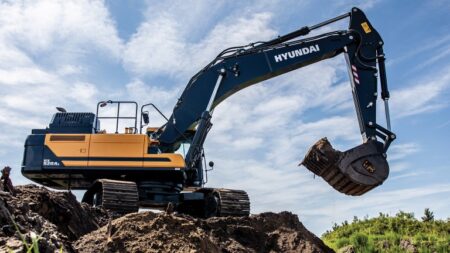Fortescue, a global leader in green energy and technology, has unveiled a detailed, externally reviewed climate transition plan outlining its goal to eliminate fossil fuel use across its Australian iron ore operations by 2030.
The detailed timeline shows how Fortescue will eliminate Scope 1 and 2 emissions without voluntary carbon offsets and without carbon capture and storage — what is known as “real zero”.
The action plan — available here — comes days after a group of leading international scientists called on the world to move from net zero targets to real zero.
Unveiled at the United Nations General Assembly by executive chairman Dr. Andrew Forrest, the plan is designed to lead the industry towards real zero emissions and demonstrate how companies can transition to a fossil fuel-free future.
Fortescue’s plan, which includes eliminating fossil fuels from heavy mining equipment and rail, calls for governments to incentivize others in the industry to transition more rapidly and to support industry-wide decarbonization efforts. Dr. Forrest emphasized that companies must go beyond net zero targets and focus on real zero, urging others to follow Fortescue’s example.
Key elements of Fortescue’s real zero climate plan include:
- Elimination of Scope 1 and 2 emissions across all operations, including heavy mining equipment and rail.
- No reliance on carbon offsets or CCS, focusing on direct emission reductions.
- Annual updates to ensure full transparency in the pursuit of the 2030 targets.
- Advocacy for governments to repurpose fossil fuel subsidies to support decarbonization across industries.
Corporate climate transition planning is essential
Dr. Benjamin Caldecott, director of Oxford’s Sustainable Finance Group and a world expert in transition planning, peer-reviewed the plan, commending its transparency and a clear timeline for action.
In a foreword written for the plan, Dr. Caldecott said climate transition planning and the disclosure of climate transition plans were “increasingly integral to corporate strategy design and execution”.
“Fortescue’s climate transition plan embodies the spirit of openness and transparency that is essential for meaningful progress,” writes Dr. Caldecott. “The plan is marked by high ambition and well-defined actions, underpinned by accountability mechanisms to ensure systematic delivery across the organization.”
Fortescue’s ongoing commitment
Fortescue remains dedicated to reinvesting what it receives from Australia’s diesel fuel rebates into its green energy transition, combining this with its own capital to finance decarbonization efforts. The company has called on other industrial leaders to match its commitment to achieving real zero by eliminating fossil fuels entirely by 2030.
While the plan is a requirement of Fortescue’s membership of the UN Race to Zero Coalition, the level of reporting goes beyond that required to be aligned with the framework laid out by the UK Government’s Transition Plan Taskforce.
“Where other companies develop climate plans merely to meet regulatory requirements, Fortescue’s plan is solely focused on how we will eliminate fossil fuels by 2030 from our operations without voluntary carbon offsets,” says Dr. Forrest. “There is only one question that companies should be asking themselves – when will they stop burning fossil fuels?”
Read the full article here


